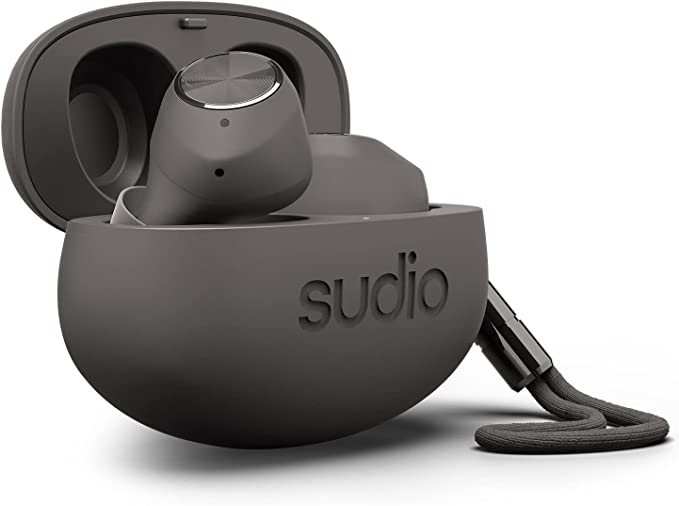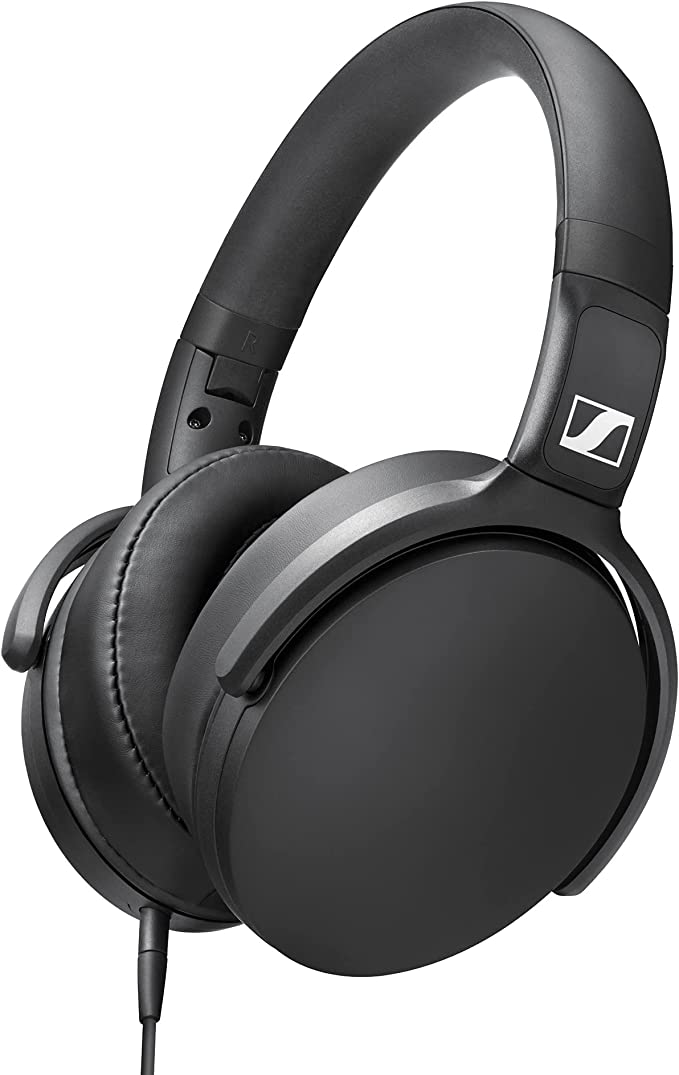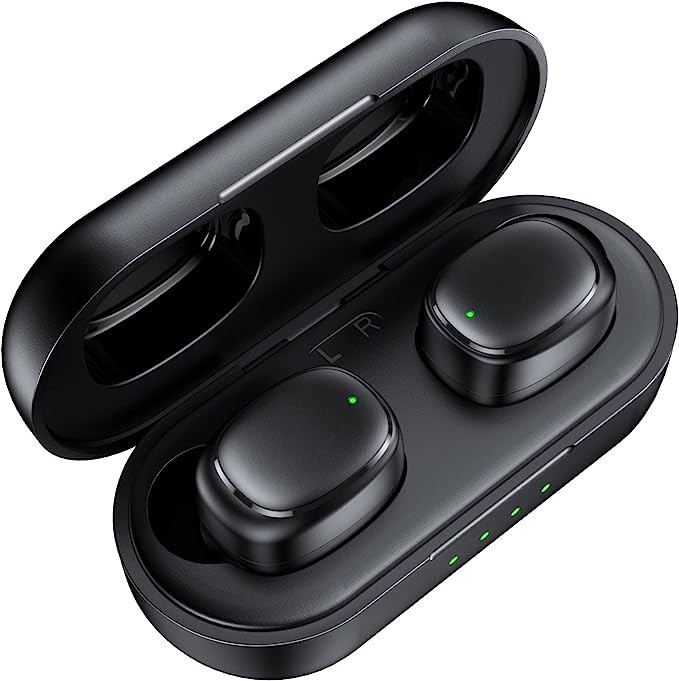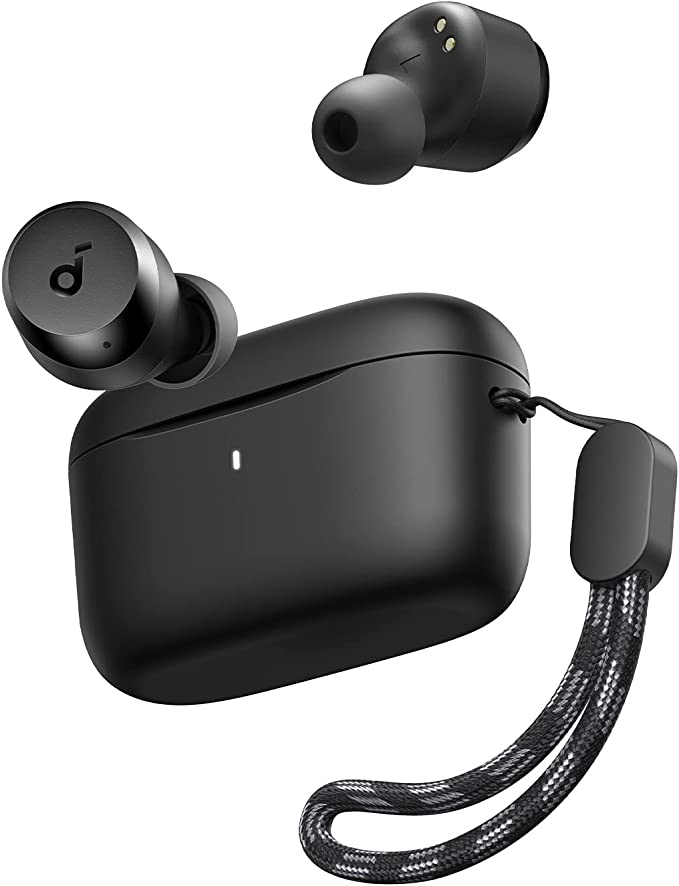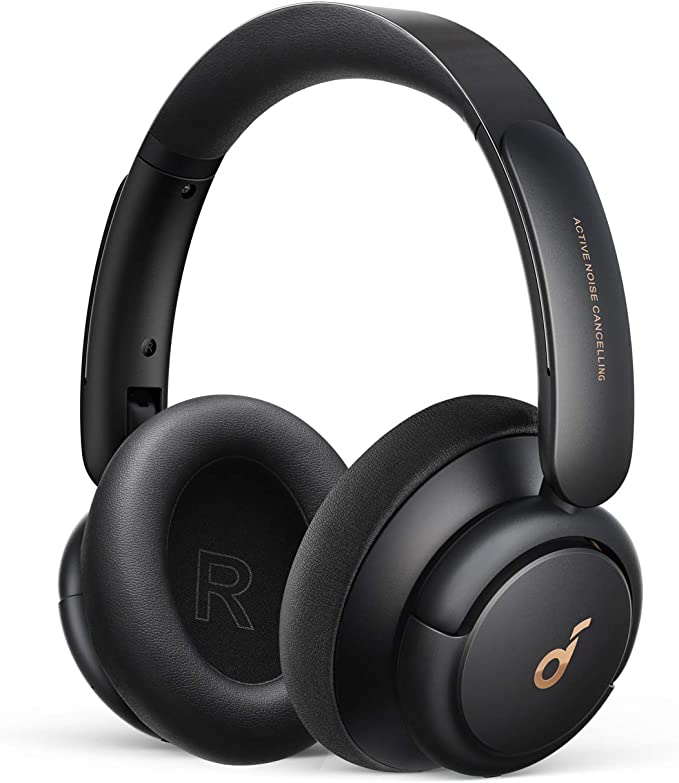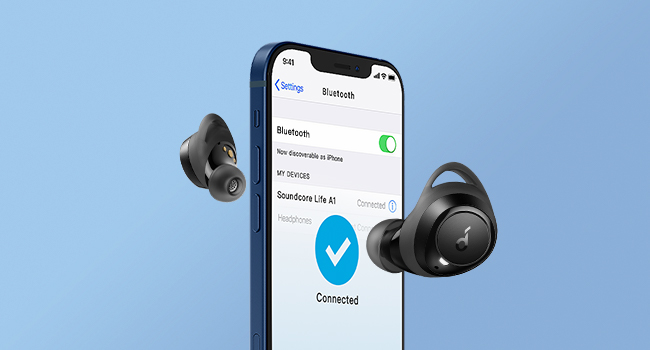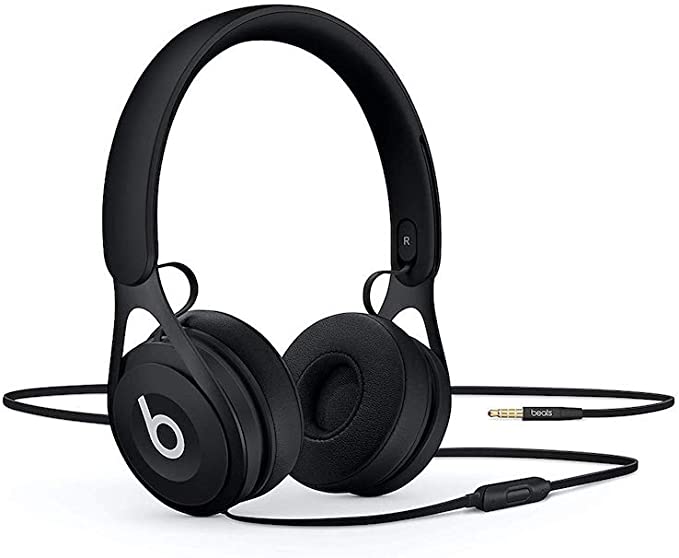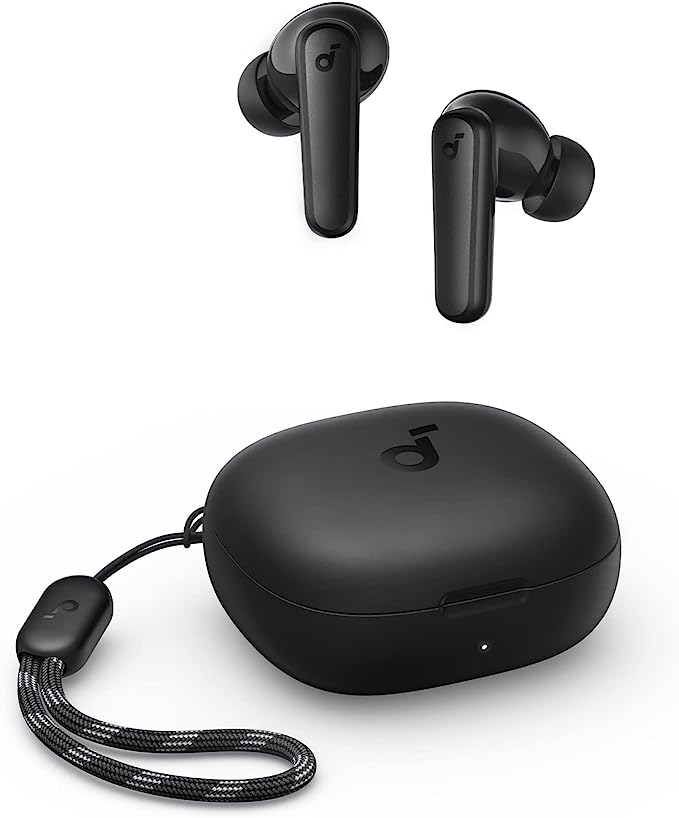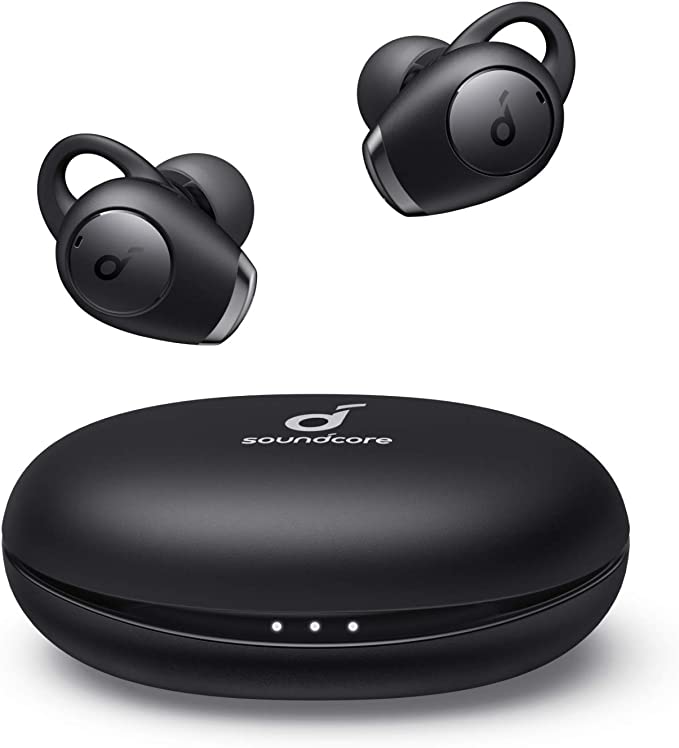Raddy RF919 SSB Shortwave Radio: Your Gateway to Global Communication
Update on March 3, 2025, 6:55 a.m.
A World Beyond FM: The Allure of Shortwave
For many, radio is synonymous with FM music stations or local AM talk radio. But beyond these familiar airwaves lies a vast and fascinating world – the world of shortwave radio. It’s a realm where voices travel thousands of miles, bouncing off the Earth’s upper atmosphere, carrying news, music, and even coded messages from distant lands. Unlike the line-of-sight limitations of FM or the relatively short range of AM, shortwave offers a truly global listening experience. This is more than just turning a dial; it’s about connecting with a global tapestry of broadcasts, a hidden world waiting to be discovered. Shortwave isn’t just about what you hear; it’s about the how. The thrill of pulling in a faint signal from across the globe, knowing it has traveled thousands of miles, is a unique and rewarding experience.

Ionosphere: Nature’s Mirror
The key to this long-distance communication is a remarkable natural phenomenon: the ionosphere. This isn’t some mystical force; it’s a layer of the Earth’s atmosphere, extending from roughly 50 to 600 miles above the surface. The sun’s radiation ionizes the gases in this region, creating free electrons. These free electrons have a remarkable property: they can reflect radio waves, particularly those in the shortwave frequency range (roughly 3 to 30 MHz). Think of it like a giant mirror in the sky, bouncing radio signals back down to Earth. The height and density of the ionosphere vary depending on the time of day, season, and solar activity. This variability is what makes shortwave listening so dynamic and, at times, unpredictable. A frequency that works perfectly at night might be useless during the day, and vice-versa.
Introducing the Raddy RF919: Your Shortwave Companion
This is where the Raddy RF919 comes in. It’s not just a radio; it’s a sophisticated receiver designed to navigate the complexities of shortwave and beyond. The RF919 is a portal to this global soundscape, offering far more than just your local stations. Its broad frequency coverage spans LW (Longwave), MW (Mediumwave, which includes the AM broadcast band), SW (Shortwave), FM, VHF (Very High Frequency), UHF (Ultra High Frequency), AIR (Airband), CB (Citizens Band), and WB (Weather Band). This means you’re not limited to just shortwave; you can explore a wide range of radio services, from local FM broadcasts to air traffic control and even weather alerts.
Decoding the Signals: Understanding SSB
One of the RF919’s standout features is its support for Single Sideband (SSB) modulation. To understand SSB, let’s first consider traditional AM (Amplitude Modulation) radio. In AM, the audio signal is superimposed on a carrier wave, creating two “sidebands” – mirror images of the audio information – on either side of the carrier. This is a bit wasteful, as both sidebands carry the same information, and the carrier wave itself doesn’t carry any audio.
SSB takes a more efficient approach. It suppresses the carrier wave and one of the sidebands, transmitting only the remaining sideband. This drastically reduces the bandwidth required for transmission and concentrates the transmitter’s power into the single, information-carrying sideband. The result? A clearer signal, especially for weak signals that might otherwise be buried in noise. It’s like having a focused conversation in a quiet room instead of shouting across a crowded, noisy hall. The RF919 allows you to select between Upper Sideband (USB) and Lower Sideband (LSB), providing flexibility to tune into various SSB broadcasts. Many amateur radio operators, as well as maritime and aviation services, utilize SSB for its efficiency and clarity.

The Magic of the Antenna Tuner: Maximizing Your Reception
The RF919 doesn’t just rely on its built-in telescopic antenna. It features three external antenna connections – VHF/UHF (SMA Male), AM Antenna, and a 3.5mm jack for SW – and, crucially, a built-in antenna tuner. This is where the RF919 moves beyond being a simple receiver and into the realm of a more sophisticated radio.
An antenna tuner is like a finely-tuned instrument that helps match the impedance of the antenna to the impedance of the receiver. Impedance, in simple terms, is the opposition to the flow of alternating current (AC) in a circuit. When the impedance of the antenna and receiver are mismatched, a significant portion of the signal can be reflected back, rather than being transferred to the receiver. This results in signal loss and reduced reception quality.
The antenna tuner, using variable inductors and capacitors, allows you to adjust the impedance to achieve a match. Think of it like focusing a camera lens. When the lens is out of focus, the image is blurry. But when you adjust the focus, the image becomes sharp and clear. The antenna tuner does the same for radio signals. The RF919’s secondary screen provides real-time feedback on signal strength, allowing you to visually fine-tune the tuner for optimal reception. This is particularly important for weak signals, where every bit of signal strength counts.

Beyond Shortwave: A Multifaceted Radio
While the RF919 excels at shortwave, it’s far from a one-trick pony. Its ability to receive FM, AM, VHF, UHF, AIR, CB, and WB bands makes it a versatile communication tool. You can listen to your favorite local FM stations, tune into AM talk radio, monitor air traffic control (where legal), listen to CB radio chatter, and receive crucial weather alerts from NOAA Weather Radio. The dual-screen design is particularly useful here. The main 3.54-inch screen displays reception information, while the secondary screen shows signal strength, time, and even a visual spectrum analyzer when in Bluetooth mode. The seven-color backlight adds a touch of customization and visual flair.
The RF919 also boasts Bluetooth connectivity, but it’s important to understand its specific function. It’s designed for control via the Radio-CT app, not for streaming audio to the radio. This allows you to control the radio’s functions from your smartphone, providing a convenient remote control option. You can also play audio files from a MicroSD card (up to 256GB supported), supporting formats like MP3, WMA, WAV, APE, and FLAC. This allows you to create your own curated listening experience, independent of live broadcasts.
Power and Portability: The RF919’s Design
The RF919 is powered by two replaceable 2500mAh 18650 lithium-ion batteries, providing a total capacity of 5000mAh. This translates to extended listening times, making it ideal for portable use. The use of 18650 batteries is a significant advantage, as they are readily available and relatively inexpensive to replace. The radio also features a built-in 3-inch, 20W speaker and a subwoofer, delivering surprisingly rich and powerful audio for a portable device. A 3.5mm headphone jack is also provided for private listening. The sturdy build quality, combined with the included carrying pouch, makes the RF919 a reliable companion for outdoor adventures or emergency situations. The physical dimensions, 5.91”L x 1.97”W x 11.81”H, make it larger than some pocket-sized shortwave radios, but the added features and performance justify the size.

The Joy of Shortwave Listening
The Raddy RF919 is more than just a collection of features; it’s an invitation to explore the fascinating world of shortwave radio. It’s a tool for connecting with distant cultures, staying informed during emergencies, and experiencing the thrill of receiving signals from across the globe. It’s a reminder that even in our hyper-connected digital age, the magic of radio waves continues to link us together. So, tune in, explore, and discover the hidden world that awaits you on the shortwave bands.






















